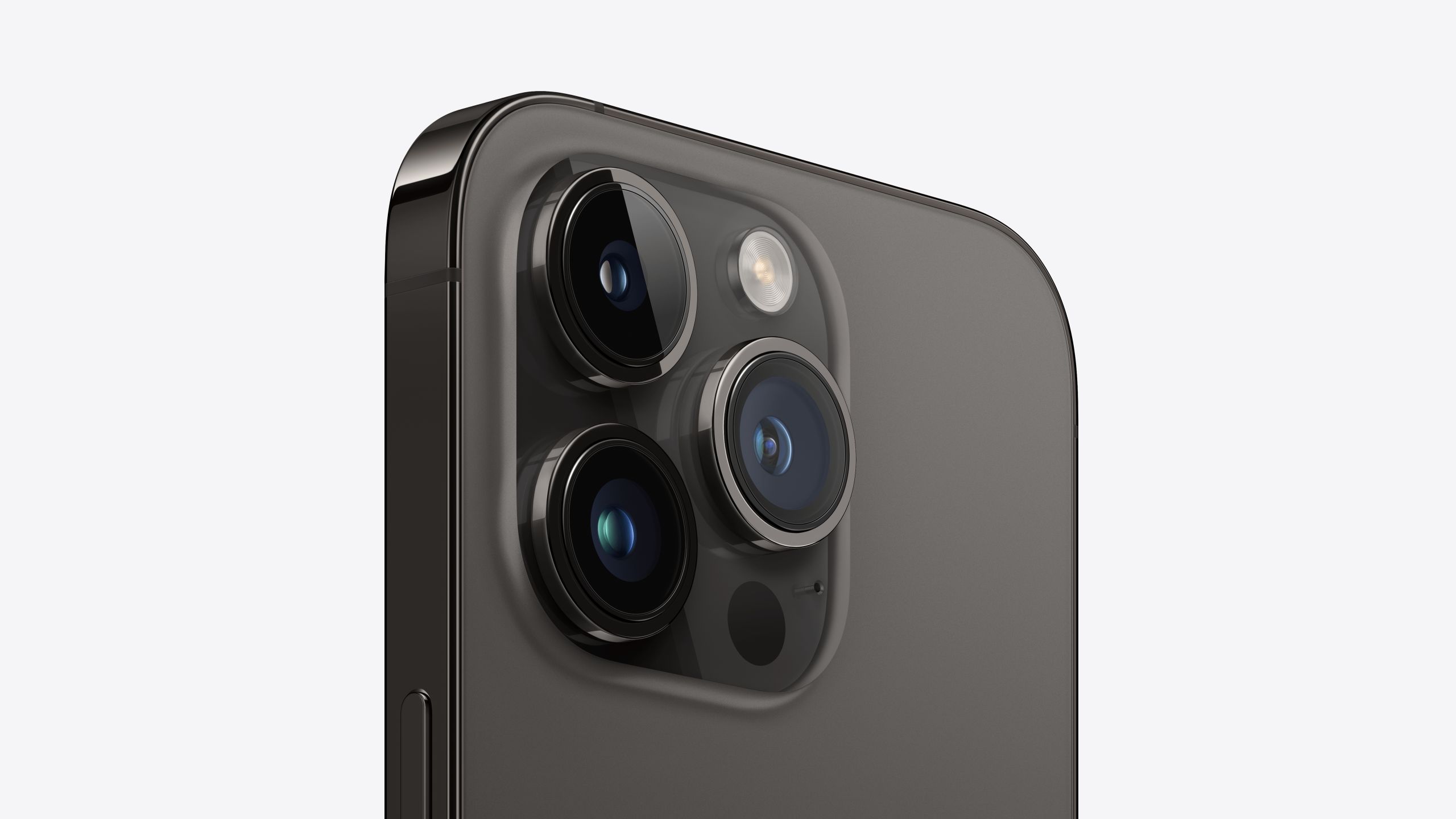iPhone 15 could have the largest iPhone camera sensor ever, but there's a catch
Sources claim the next iPhone may have a camera sensor almost 1-inch in size... except even if that's true, it's still a lie

iPhone 15 rumors are hotting up, and the latest speculation suggest the range topping iPhone 15 Ultra could pack the largest image sensor yet in an iPhone. According to Apple tipster Ice Universe, the iPhone 15 Ultra - allegedly the new 'Pro Max' in the iPhone range - will receive Sony's new IMX903 48MP sensor. Hardly earth-shattering in terms of megapixel count, now Android phones have hit the 200MP mark, but the IMX903 stands out thanks to it's large 1/1.14-inch sensor size. By comparison, the current iPhone 14 Pro Max is equipped with a Sony IMX803, measuring 1/1.28 inches.
Why do larger sensors matter?
The bigger the sensor area, the more light it can capture during a given exposure time. This in turn should result in better resolving power, dynamic range and lower image noise levels. In fact, the physical size of a camera's image sensor matters far more than its outright megapixel count. By default, a 48MP sensor like the Sony IMX903 allegedly in the iPhone 15 Ultra will group - or 'pixel bin' - four adjacent pixels together to form one large group pixel, meaning your 48MP sensor actually produces 12MP images.
Therefore, a native 12MP sensor of the same physical size *should* theoretically produce similar image quality. Likewise, a 108MP sensor simply groups 9 adjacent pixel together (in a 3x3 array) into one big combined pixel, again resulting in a 12MP image. Sure, there's usually an alternative camera setting where you can opt to shoot at the sensor's full resolution, with no pixel binning. But unless the shooting conditions are completely optimal, those miniscule little sensor photosites ('pixels') are likely to generate increased noise, grain and reduced dynamic range when working independently, due to their small size reducing their individual ability to gather light.
The 1-inch sensor lie
However, it's not just the megapixel count of a phone camera sensor which is hiding a secret. Even the physical sensor size quoted by the phone (or sensor) manufacturer is highly deceptive. At 1/1.14-inches, the iPhone 15 Ultra's sensor is only fractionally smaller than a 1-inch sensor - a size already present in flagship Android phones like the Xiaomi 13 Ultra. You'd be totally forgiven for thinking this means the sensor measures one inch - or 25.4mm - across the diagonal of the sensor, except it doesn't. In reality, a 1-inch image sensor is only 15.86mm across the diagonal, equating to a sensor area of only 13.2 x 8.8mm, or to put it another way, roughly one third smaller than you were expecting.
Such blatant false advertising seems like a class-action lawsuit in the making, but annoyingly those corporate suits do have a get-out. See, when 'inches' are used to describe the size of an image sensor, it's got nothing to do with the actual size of the sensor. Rather, it's referring to the diameter of a glass vacuum tube as used in video equipment since the 1930s - an outdated and confusing analog hangover that has somehow found its way into the terminology we still use to 'measure' some digital imaging sensors. For a more detailed explanation of what on earth is going on here, check out this PetaPixel article, and if you want to know the actual size of your phone's image sensor, this quick reference table from Design Reviews is very helpful. TLDR: the actual size of a camera phone sensor is roughly two thirds the advertised measurement.
But back to the iPhone 15 Ultra. Putting aside the fact that whatever camera sensor it has will conform to a stupid measurement convention, we'll still potentially have the best ever image quality from an iPhone. We can't wait.
Read more:
The best camera deals, reviews, product advice, and unmissable photography news, direct to your inbox!
The best iPhones for photography
best microphones for iPhone
best add-on lenses for phones
best iPhone power banks
best phone cases
Ben is the Imaging Labs manager, responsible for all the testing on Digital Camera World and across the entire photography portfolio at Future. Whether he's in the lab testing the sharpness of new lenses, the resolution of the latest image sensors, the zoom range of monster bridge cameras or even the latest camera phones, Ben is our go-to guy for technical insight. He's also the team's man-at-arms when it comes to camera bags, filters, memory cards, and all manner of camera accessories – his lab is a bit like the Batcave of photography! With years of experience trialling and testing kit, he's a human encyclopedia of benchmarks when it comes to recommending the best buys.




